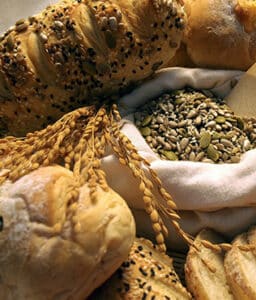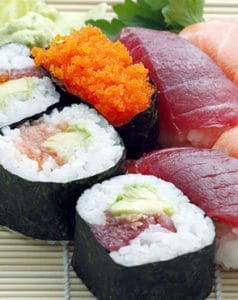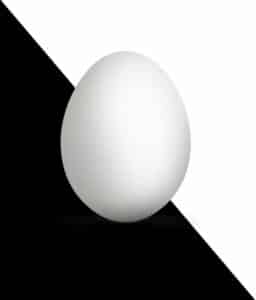Why choose whole grain products?
Refined grains lack bran and sprouts, so they have lost most of their fibers and nutrients. Although fine flour may be fortified with some vitamins, minerals and sometimes fiber, not all nutrients can be substituted. What is whole grain the importance of products? A recent study showed a 30 percent reduction in the risk of heart attack in women who ate whole grains. In addition, fiber helps prevent colorectal cancer, and whole grains help control blood sugar and are useful in preventing type 2 diabetes.
When buying bread, breakfast cereals and pasta, you should read the composition printed on the package. When buying wheat products, make sure they are whole grains. Oats are always whole grains, whether they are sold as traditional oat flakes, instant, finely ground or coarsely ground.
But bread baked from oatmeal is a different matter. The main ingredient in oatmeal is usually fine wheat flour, but there is so little oatmeal in it that it is not enough to absorb the required amount of bran and fiber.
Brown and wild rice are also whole grains, but white rice is refined. Do not be fooled by words such as enriched, unbleached, brominated, ground stone mill, granulated, 100 percent wheat, rye, multi-grain, seven-grain, semolina or organic.
Such products may have little or no grain. To make sure that the product contains whole grains, read the explanations on the packaging label. If wholemeal flour, oats, brown rice or wholemeal rye flour are mentioned as the first ingredient, then this is what you need.
To diversify your menu, it also includes barley, which is a rich source of antioxidants and cholesterol-lowering fiber. One cup of cooked barley contains 5.9 grams of fiber. Bulgur, in the steamed, dried and chopped wheat kernels, contains vitamin E and other antioxidants. Bulgur also has a low glycemic index, which means that it helps maintain a stable blood sugar level and contains twice as much fiber as the same amount of oatmeal.
Whole wheat couscous and pasta contain three to three and a half times more fiber than the same products made from fine flour. Brown rice has ten times more fiber than white rice, and is rich in complex carbohydrates and vitamin B. Quinoa, which has a nut-like taste, is high in protein, lysine (an amino acid that helps the body's tissues grow and regenerate). Because this product contains so many valuable nutrients, it is often referred to as the super grain of the future.

Help to maintain this site, create interesting articles and delicious low-calorie recipes!
Share this article
Follow me on Facebook
I recommend reading these articles as well

The best sources of carbohydrates
There are no good or bad nutrients - the problem is that some of us take in much more than our body needs, often unknowingly - this is the case with carbohydrates the most.

Sources of protein if we do not eat meat
I often get questions about the daily use of meat - so what to eat instead of meat to provide enough protein and other nutrients?

Balanced nutrition and diets
How to balance your menu if you are vegan, vegetarian or following a restrictive diet?

Apple cider vinegar for weight loss, beauty, health...
Can apple cider vinegar really help you lose weight, improve your health, make you more beautiful...? What does science say? What can apple cider vinegar do and what not?

